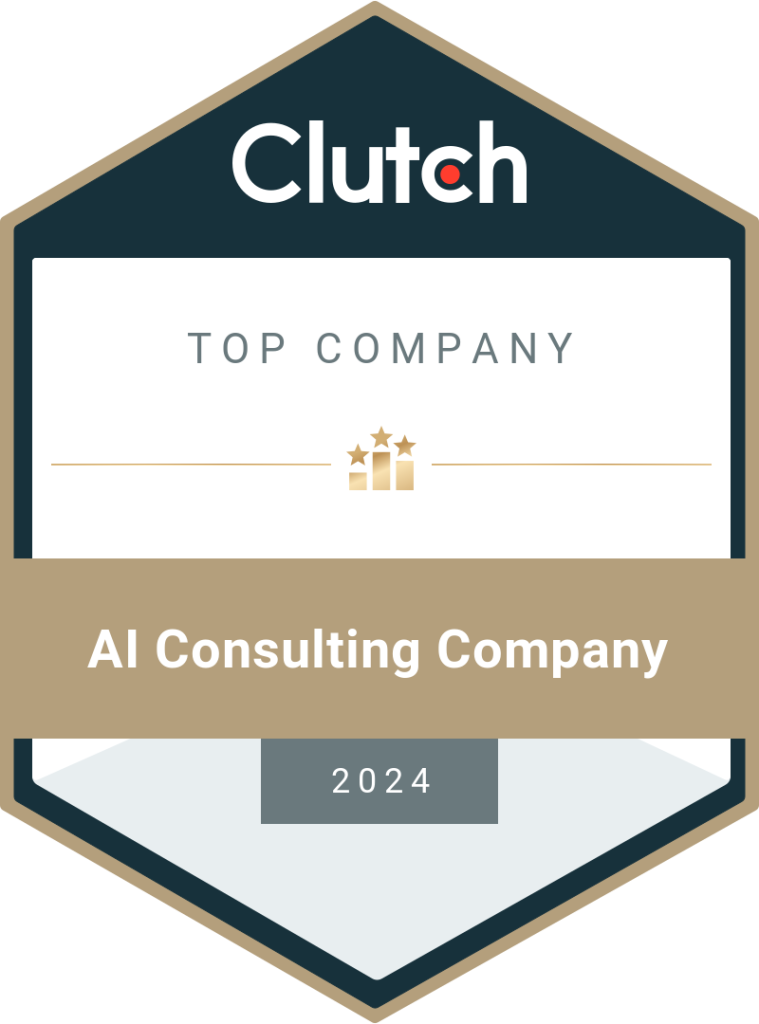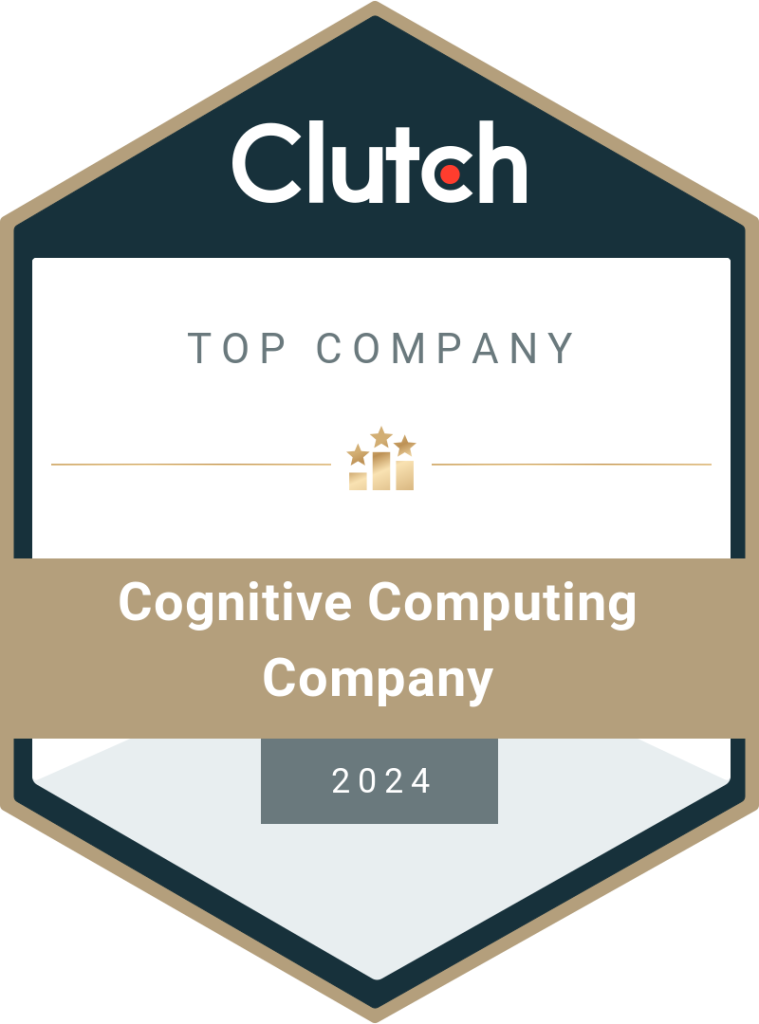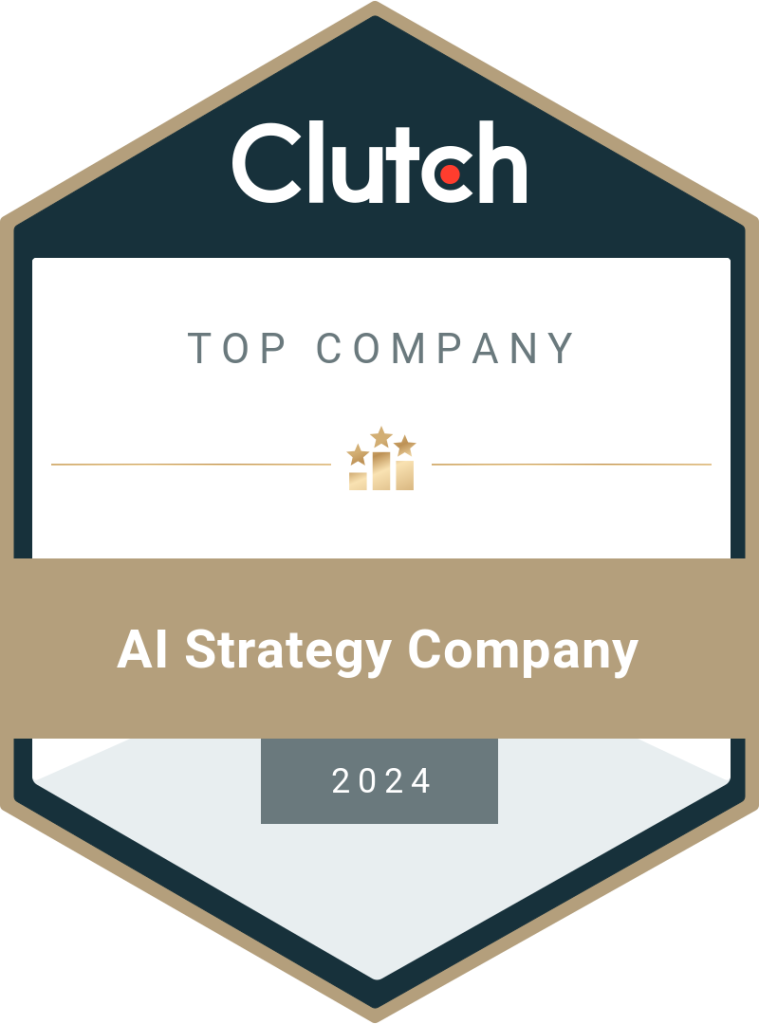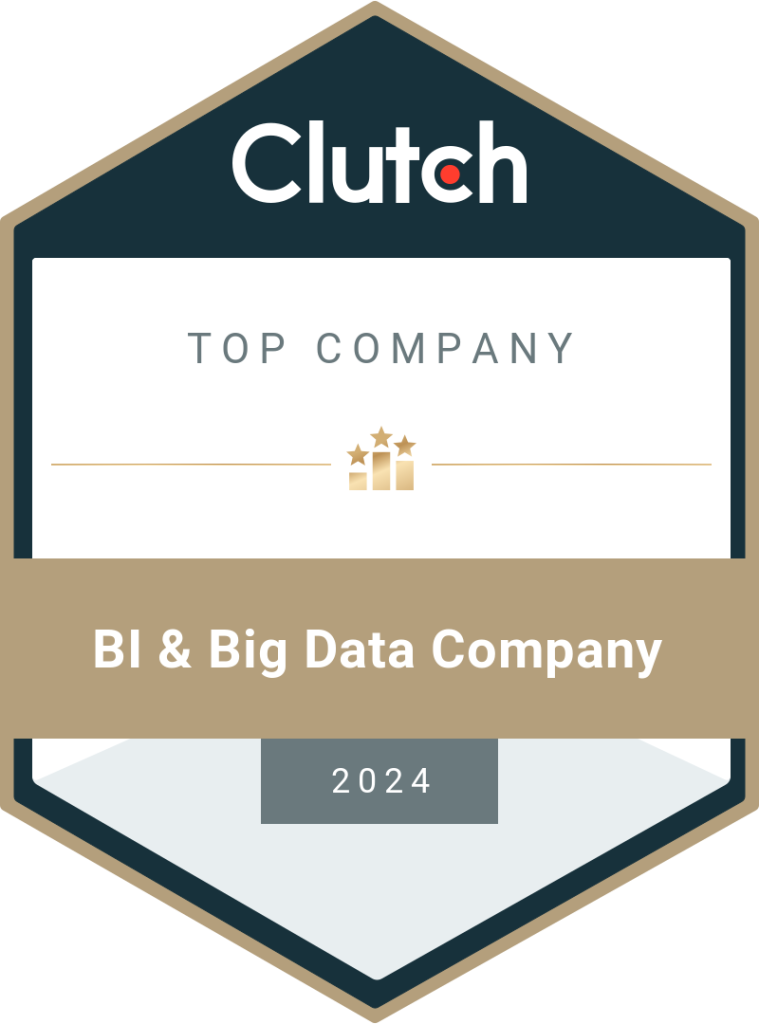What Natural Language Processing Can Do For Your Business?
“Google, call Mom” – how much are you into a habit of asking your phone or another gadget to do something for you, in plain language? If you answered every time or very often, you’d totally understand the importance of Natural Language Processing technology in our lives. The rise in demand for better, advanced means to perform is one of the primary causes for technology to evolve at such a pace. So much so that computers can now understand what humans speak in their native language! Of course, this sort of technology wasn’t achieved overnight. The demand for human-to-machine communication got programmers, coders, and a whole lot of tech specialists to bring out their best. As humans, we may be able to speak and write English or any other plain language, but for a computer these languages are alien. The machine language or code it understands is largely incomprehensible to most people. NLP or Natural Language Processing is a branch of artificial intelligence that deals with the interaction between computers and humans using natural language. The goal of NLP is to read, decipher, analyze, and make sense of the human language in a valuable manner. Almost any industry one can think of has implemented NLP in its operations, so much so that the common people are used to taking its help in their daily lives. The effect of NLP can be easily noted with the rise in demand for NLP consulting firms or those organizations that provide end-to-end NLP services. Why is Natural Language Processing important? Everything we express, through any medium of communication be it verbal or written, carries an enormous amount of information. The way we talk, tone of the conversation, selection of words, or anything that compiles our speech, adds a type of information that can be interpreted and its value, extracted. NLP helps computers communicate with humans in their native language. It also makes it possible for computers to read a text, hear speech and interpret while determining which parts of the speech are important. Moreover, as machines, they have the ability to analyze more language-based data than humans in a consistent manner, without getting fatigued, and in an unbiased way. Considering the staggering amount of data that are produced every day be it in the medical industry or social media, automation of language processing will always be critical to analyze speech and data efficiently. Which techniques are implemented for Natural Language Processing? Haven’t all of us come across that moment when Alexa or Google replies about not being able to understand what we communicated? Sometimes the computer or device may fail to understand well leading to obscure results. In order to minimize the frequency of such results, there are two main techniques used to accomplish NLP tasks. This refers to how words are arranged in a sentence to make the best grammatical sense. The Process of NLP uses syntactic analysis to assess how the natural language assigns with grammatical rules. A few syntactic techniques that are used are… – Morphological segmentation: Divides words into individual units called morphemes. – Lemmatization: Works at reducing a word to its original form and grouping all the different forms of the word, together. – Word segmentation: This involves dividing a large piece of continuous text into equal, and distinct units. – POS tagging: Identifies the part of speech for every word. – Sentence breaks: Places sentence boundaries on a large piece of text. – Stemming: Involves striking off an inflected word to its root form. – Coreference resolution: The task of finding all expressions that refer to the same entity in a text. Coreference resolution is a very important aspect of NLP when it comes to natural language understanding tasks such as document summarization, question answering, and information extraction. – Stopwords removal: Stopwords are the most commonly used words in any language. When analyzing text data and building NLP models, these stopwords do not add much value to the meaning of the document, like, ‘a’, ‘the’, ‘is’, ‘on’ etc. NLP helps in stopwords removal for a text classification task so that more focus can be given to other words. Semantics basically involves the meaning that is conveyed by a text. It is one of those problematic aspects of NLP that hasn’t been resolved yet. It requires computer algorithms to understand the meaning and interpretation of words while structuring the sentences. Here’s what helps in a semantic analysis… – NER: Named entity recognition is where parts of a text are determined, identified, and classified as pre-set groups. Examples of such groups are names of people, events, locations, and so on. – Word sense disambiguation: Involves giving meaning to a word based on context. – Natural language generation: uses databases to derive semantic intentions and translate them into human or native language. Firms are using NLP for business benefits in multiple ways, some of which are… How is Natural Language Processing used in different industries? Typically, Natural Language Processing works in a particular way. A human talks to the machine through the voice input, the machine captures the audio input, audio to text conversion happens, the text data is processed by the AI, data to audio is converted and the machine responds to the user by playing the audio file. While NLP is considered one of the most difficult things in computer science and engineering, it’s not the work, but the nature of human language that makes it difficult. NLP makes use of algorithms to identify and extract the natural language rules in such a way that the unstructured language data is translated into a form for the computers to understand. And while this technology has been around for some time, it’s a fascinating extension of AI and has enormously changed how we live in this age of digital transformation. Here are some of the areas which have been widely using natural language processing in their operations… A significant challenge for healthcare systems is to utilize their data to its full
Read More





